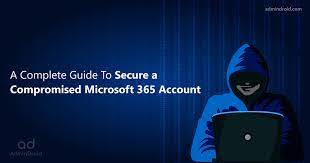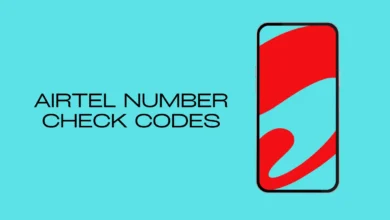In an age where digital security is more important than ever, receiving a security alert about your Microsoft account can be unsettling. Phishing schemes and fraudulent alerts are all too common, making it vital to know how to discern a real security alert from a scam. Here’s how you can tell if a security alert is indeed from Microsoft.
Firstly, understand how Microsoft contacts you. Genuine communications from Microsoft will never ask for your password via email or prompt you to provide sensitive personal information directly in response. Microsoft security alerts typically inform you of suspicious activity and will direct you to the Security section of your account to investigate further, not ask for immediate action through a link or attachment.
Checking the Sender’s Email Address
Authentic emails from Microsoft will come from an official Microsoft domain, such as https //www.microsoft.com/link. Look closely, though, as scammers can cleverly disguise fake addresses to look genuine at a glance. If in doubt, don’t click on any links; go directly to the official Microsoft site through your browser and navigate to your account from there.
Reviewing the Email Content
Phishing emails are often marked by poor grammar, spelling mistakes, and urgent language designed to panic you into immediate action. Microsoft’s official communications are professional and free from such errors. If the email message seems alarmist or has a tone that pressures you to act quickly, be wary.
Analyzing Embedded Links
Before clicking on any link in a suspicious email, hover over it to see the actual URL. If the link address looks suspicious or does not lead to a legitimate Microsoft URL https //www.microsoft.com/link, do not click it.
Security Notifications
Microsoft will notify you of unusual sign-ins or potential breaches through notifications sent to all of your security information methods, which may include phone and email. If you receive a notification, go to the Security basics page of your Microsoft account to check recent activity for anything unfamiliar.
Too Good To Be True
Scammers may also use the promise of rewards or threats of account closure to lure victims. Microsoft will not send out notices of awards, prizes, or threaten sudden account deactivation without prior and extensive communication.
Immediate Steps to Take
If you suspect your account has been compromised:
Change your password immediately to something strong and unique.
Visit the Microsoft Security basics page to review your security settings.
Turn on two-factor authentication for added security.
Reporting Suspicious Activity
If you encounter a phishing email purporting to be from Microsoft, report it through the Microsoft website. Microsoft takes these reports seriously and works to track down and eliminate these fraudulent schemes.
Further Protection
Consider using the Microsoft Authenticator app for secure account verification that doesn’t rely on potentially interceptable codes sent via SMS or email. Keep your security info up to date and regularly review your account’s recent activity page.
Conclusion
In conclusion, while receiving a security alert can induce anxiety, understanding these guidelines can help you identify whether an alert is genuine. Always approach unexpected communications with skepticism and never hesitate to take precautionary measures to protect your account. Your vigilance is a critical component of your digital security strategy.




